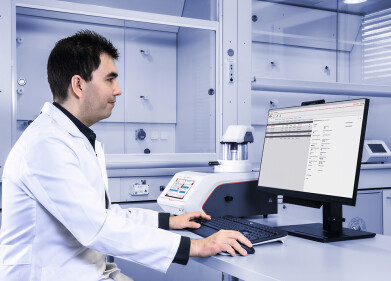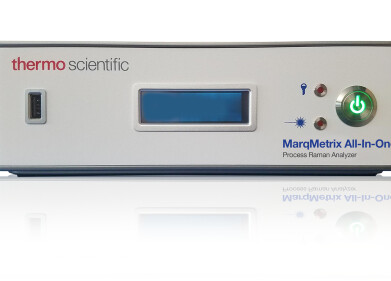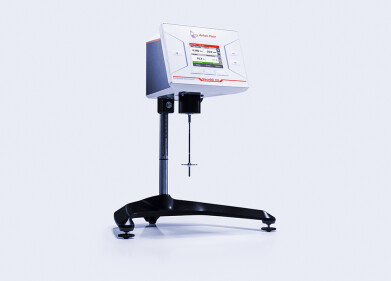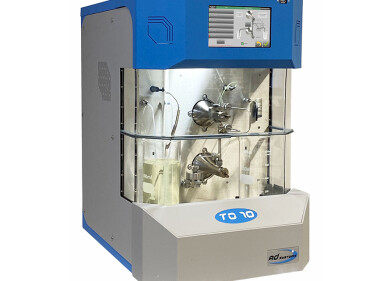-
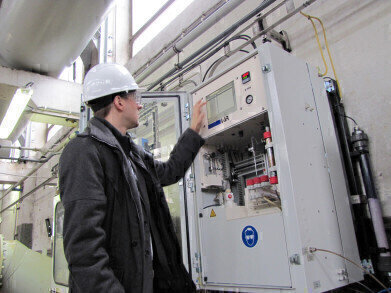 Figure 1
Figure 1 -
 Figure 2 - Carbon chemistry in water analysis
Figure 2 - Carbon chemistry in water analysis -
 Figure 3 - QuickTOCultra TOC analyser in an ex-zone housing
Figure 3 - QuickTOCultra TOC analyser in an ex-zone housing
Analytical instrumentation
TOC Analysers for Petrochemical Applications
Nov 15 2017
Numerous industries are regulated by authorities for monitoring oil in water. Any contamination of process or waste water with oil can massively affect production or treatment processes. Due to the diverse characteristics of oil, fat and grease it is one of the toughest applications on the market.
Generally, oil is a collective term for viscous liquids with a high hydrogen and carbon content. It is a chemical substance that is hydrophobic and hence, immiscible with water (literally “water fearing”). On the other side, it is lipophilic and tends to dissolve in other lipophilic substances as fats, oils, and lipids (literally “fat-loving”). Especially at industrial sites that use oil for the production and processing, of bio-fuels, lubricants and edible oils there is always the possibility of leakage resulting in pollution of the plant, water systems, or other places. Thus, the need of oil in water monitoring is of great importance to prevent pollution of the environment.
TOC analysis for process optimization
TOC is a so called sum parameter including any organic hydrocarbon species (figure 2). Being a direct measuring method based on the oxidation of organic carbons in an oxidizing atmosphere, its outcome is defined by a chemical oxidation equation. For every unique hydrocarbon component the outcome is determined. Therefore, it can be used for the determination of oil in water. The online TOC determination is quite common in industrial processes and there is a high variety of technological approaches available. Main reasons for TOC monitoring is to maintain a required water purity within processes: steam-water-cycles require concentrations of < 0.2 ppb C/l, as organics will lead to corrosion, biofouling and damage to installation equipment such as heat exchangers. As a TOC analyser measures all types of organics it also measures oils, fats and grease regardless of its origin as it is a carbon counting method.
LAR Process Analysers, Germany, offers with its online TOC analysers application specific analysers for the determination of organic carbon and oil in water. The analysers are designed for complex water compositions. The measurement systems are equipped with a robotic, horizontally and vertically moving injection needle that imitates the laboratory injection process. The injection system is capable of transporting and measuring a high content of solid matter without any filtration of the sample. The TOC and OIW analysers easily handles sticky, fatty, salty, and high-particle samples unlike other analysers.
The furnace is the centerpiece of LAR’s analysers. They use the patented high-temperature combustion method at 1200°C guaranteeing the complete digestion of all carbon compounds in the sample to CO2. Oxidation promoting catalysts, such as those used in other measuring methods, are unnecessary. As a consequence, the operating costs of the measurement system are minimized. Downstream of the furnace, the formed CO2 will be measured by a NDIR detector resulting in the exact determination of TOC. LAR's analysers determine the TOC in less than three minutes and thus, allows the operators to take fast countermeasures in case of water pollution.
LAR’s custom-fitted TOC analysers take care of the concrete challenges of oil in water applications minimizing maintenance efforts and making the optimization and control of complex processes possible.
Digital Edition
PIN 25.5 Oct/Nov 2024
November 2024
Analytical Instrumentation - Picturing Viscosity – How Can a Viscometer or a Rheometer Benefit You? - Sustainable Grease Formulations: Evaluating Key Performance Parameters and Testing Method...
View all digital editions
Events
Jan 20 2025 San Diego, CA, USA
Jan 22 2025 Tokyo, Japan
Jan 25 2025 San Diego, CA, USA
SPE Hydraulic Fracturing Technology Conference and Exhibition
Feb 04 2025 The Woodlands, TX, USA
Feb 05 2025 Guangzhou, China
